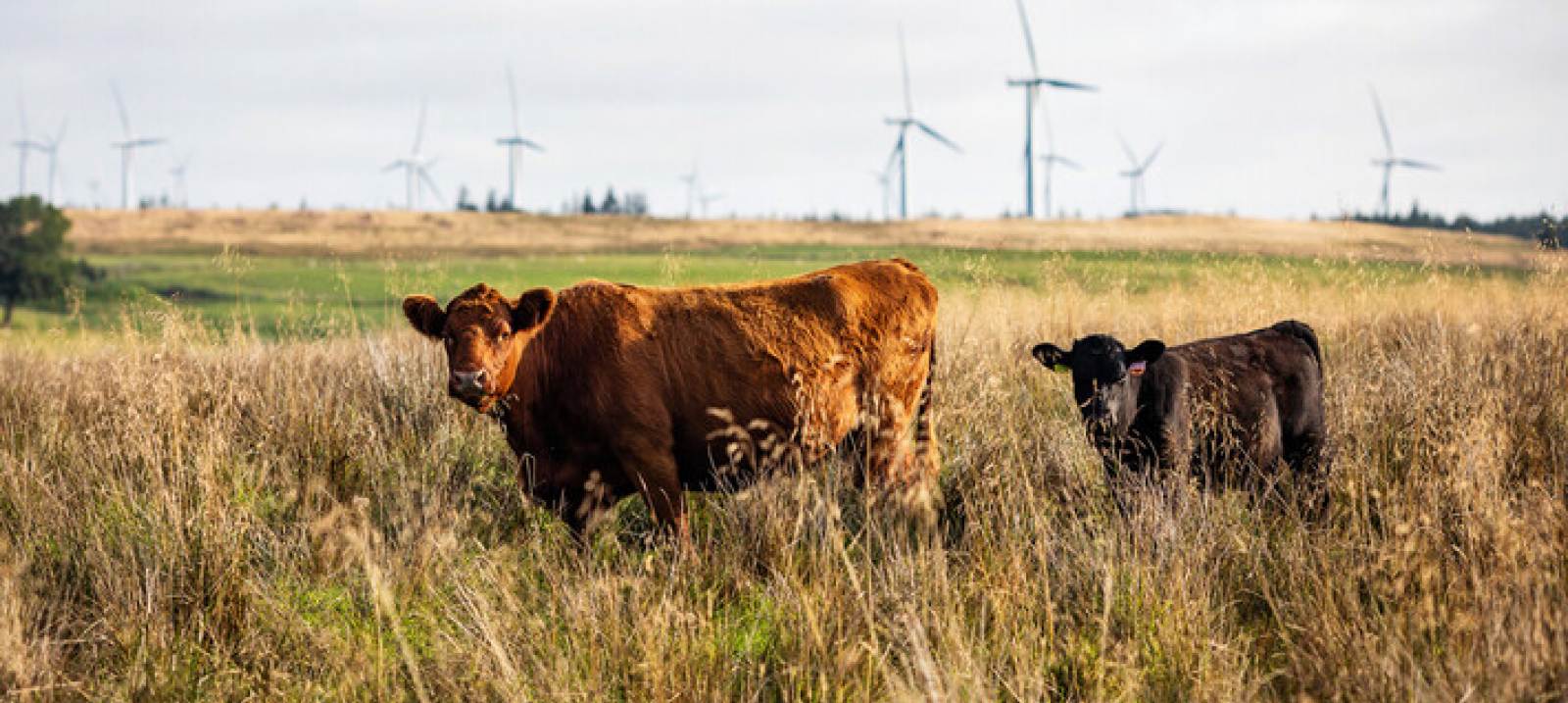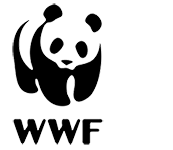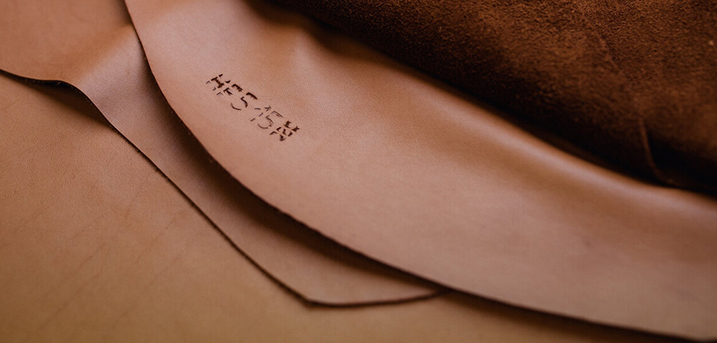
WWF supports sustainable leather
 Choosing the right interior material can be a minefield for automotive companies to navigate. The volume of conflicting information can lead to confusion. The multiple internal and external stakeholder requirements that need to be satisfied further complicate the task.
Choosing the right interior material can be a minefield for automotive companies to navigate. The volume of conflicting information can lead to confusion. The multiple internal and external stakeholder requirements that need to be satisfied further complicate the task.
There is a need for simple transparency and facts to facilitate evaluation and help decision-makers deliver their carbon targets and the optimum driver and passenger experience.
How can you tell which materials are actually sustainable?
At Bridge of Weir, our Environmental, Social & Governance Report details our approach, commitments, and progress as we strive towards a more sustainable future. As a leader in the industry with an independently audited and verified ESG Report, we recognise the need for external certification.
However, we appreciate it is not always enough for businesses to share their journey, and we understand and welcome the need for an objective perspective and further independent validation. That is why we applaud the recently published, bold, and insightful report from World Wildlife Fund (WWF). It is a significant development for a globally trusted organisation to highlight the valuable role the leather industry presents in the circular economy and the environmental damage some non-animal materials present.
Reassuringly for ourselves and the automotive industry, the WWF supports sustainable leather manufacture and encourages industry leaders to share progress by collaborating across the full supply chain and increasing consumer awareness of leather’s sustainability potential:
“The leather industry can further deepen leather’s enduring sustainability legacy and ensure its environmental impact is minimal.”
In addition, the report endorses the practices we take pride in delivering here at Bridge of Weir and explains why making use of what we have is infinitely preferable to disposal or plastic alternatives:
“Hides used for leather-making are a by-product of the meat industry”
100% of our raw hides are a by-product of the meat industry
“Using hides is better than discarding them. If not used for leather, they create methane”
This an avoidable outcome
“Negative perceptions have driven the use of leather alternatives, However, most leather alternatives are made using plastic”
In 2021, a report by the Filk Freiberg Institue in Germany uncovered the presence of toxic chemicals and plastics in a range of leather alternatives materials.
Responsibly sourcing materials

In addition to the reassurance for our customers offered by this report, we are also seeing forward-thinking organisations asking questions of all material suppliers, such as:
- What are your carbon targets and results?
- Can you deliver full traceability from origin to vehicle?
- What is the bio content of your material?
They recognise that the answers Bridge of Weir can provide help them to meet their sustainability targets and deliver the optimum driver and passenger experience, which could be unattainable if they relied on synthetic materials only.
Earlier this year, Swedish brand Polestar made a series of improvements to its Polestar 2 electric car, designed to make a positive sustainability impact quickly. Increasing the use of renewable, recyclable, and recycled materials for interiors highlighted why Bridge of Weir leather met its high standards.
“We require that all leather used in Polestar products live up to the strictest standards on animal welfare…as well as being fully traceable and chrome-free – Bridge of Weir satisfies these requirements.”
- Fredrika Klaren – Head of Sustainability, Polestar
Progress requires commitment, collaboration and transparency
Bridge of Weir employs leading environmental practices, and we endeavour to share our learning with the wider industry as recommended in the WWF report.
We worked with independent consultant Spin 360 to establish an LCA process to measure our leather’s impact from the sourcing of raw material through to manufacturing and finishing. We were the first leather manufacturer to share our LCA value of 8kg CO₂ e/m² across all communication channels. The Life Cycle Analysis for our leather is based on our primary data and was independently created by specialist consultants using sector and internationally recognised guidelines.
Our ability to access primary data from our supply chain comes from the fact we manufacture from raw to finished leather, and work closely with all of our suppliers, providing visibility back to source. This enables us to accurately account for inputs to our process and calculate hide allocation for our Scope 3 emissions. In other words, we know exactly where these inputs to our process come from. We believe this level of transparency represents a blueprint for the future of the wider industry, which sometimes struggles to ascertain the level of detail required.
Furthermore, we are in the process of working more closely with supply chain partners to continue to exchange knowledge, support each other’s sustainability ambitions and understand how we can collectively further reduce our impact.
Achieving continual progress towards a truly sustainable and responsible product and supply chain requires commitment, collaboration, and transparency at a holistic scale. Across the industry, there needs to be a call to action to share and adopt progressive practices and educate consumers. We are delighted the WWF is encouraging a proactive role for industry leaders and supporting the role of sustainable leather role for future generations.